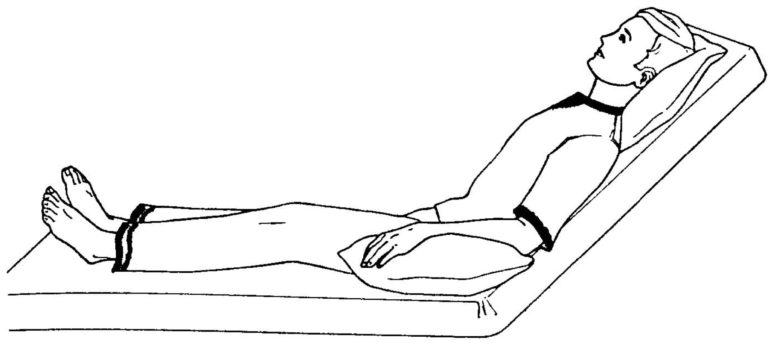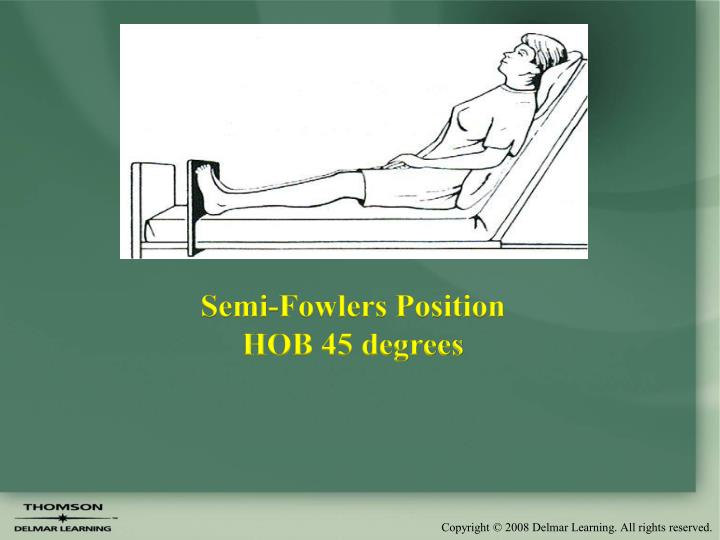

The head should be kept in a neutral axis and turned as little as possible to maintain the airway and cerebral circulation.ħ. The anesthesia provider guards the head of the anesthetized patient at all times and supports it during movement. Examination gloves should be worn if the patient is incontinent or offers other risk of exposure to blood and body substances.Ħ. Dependent limbs can create a counterbalance and cause the patient to fall to the floor.

Sliding or pulling the patient may cause dermal abrasion or injury to soft tissues. The patient is moved on the count of three, with the anesthesia provider giving the signal. A minimum of four people is recommended, and transfer devices and lifters may be used. Adequate assistance in lifting unconscious, anesthetized, obese, or weak patients is necessary to prevent injury. The person on the opposite side prevents the patient from falling over the edge of the OR bed.ĥ. The person on the side of the transport cart assists the patient in moving toward the OR bed. Two people should assist an awake patient with the transfer by positioning themselves on each side of the patient’s transfer path. Velcro strips or other means should be used to maintain the stability of the mattresses of the two surfaces.Ĥ. Untie the ties of the patient’s gown, and take care not to allow the patient’s gown or blanket to become lodged between the two surfaces or under the bottom of a moving patient. The OR bed and transport vehicle are securely locked in position, with the mattress stabilized during transfer to and from the OR bed. Do not plan to have patients move themselves toward an affected limb or toward the blinded eye.ģ. The patient is assessed for mobility status, which includes determination of the patient’s ability to transfer between the transport cart and the OR bed. The surgeon is required to label the correct site.Ģ. The patient is properly identified before being transferred to the OR bed, and the surgical site is confirmed according to facility policy.
#SEMI FOWLER POSITION HOW TO#
Table 26-1 illustrates how to coordinate and organize patient preparation activities.ġ. The expected outcome is that the patient will not be harmed by positioning, prepping, or draping for the surgical procedure.Įfficiency of the patient preparation process can be attained by organizing activities in a logical sequence.
#SEMI FOWLER POSITION SKIN#
Preoperatively, the patient should be assessed for alterations in skin integrity, for joint mobility, and for the presence of joint or vascular prostheses. Factors such as age, height, weight, cardiopulmonary status, and preexisting disease condition (e.g., arthritis, allergies) also should be incorporated into the plan of care.

Patient position and skin preparation are determined by the procedure to be performed, with consideration given to the surgeon’s choice of surgical approach and the technique of anesthetic administration. Positioning requires a detailed knowledge of anatomy and physiologic principles and familiarity with the necessary equipment. Proper positioning facilitates preoperative skin preparation and appropriate draping with sterile drapes. Positioning for a surgical procedure is important to the patient’s outcome. Move beyond the normal flattening of a joint axis. Move toward the body, crossing over the neutral plane of the body. Move away from the body in a line more than a safe 90-degree angle. The surface area of the patient’s skin that encompasses a limb or other rounded tissue area.īend at a normal joint, close the angle of the joint. Rotate a joint in a circumferential axis (usually a ball joint). Generalized physiologic configuration of the patient’s size, weight, and shape. Topical cleansing chemical used to decrease the microbial count on the skin surface.


 0 kommentar(er)
0 kommentar(er)
